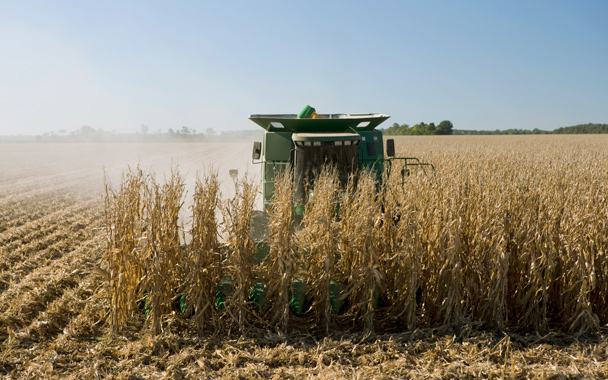As members of Congress struggle to get their arms around the $825 billion economic stimulus plan passed through the House last week and currently being debated in the Senate, a report from the Congressional Research Service sheds light on how farmers and rural communities might be “stimulated” by the first round of spending.
The report, Agriculture and Food Provisions in the 2009 Stimulus Package, reveals that only $27 billion of the $825 billion in proposed spending—just 3.3 percent of the stimulus plan—will be aimed at farm and food programs. Twenty-one billion dollars is targeted to improve and expand food assistance programs, including food stamps (now known as the SNAP program); meals for the elderly; after-school food programs for children; and the WIC program (the Special Nutrition Supplement Program for Women, Infants and Children).
The remaining $6 billion in stimulus is divided between programs to expand broadband telecommunication infrastructure to rural communities ($2.8 billion); $498 million for “infrastructure development and maintenance within the Department of Agriculture,” including new computer systems for Farm Service Agency offices; building repairs to the USDA headquarters in Washington; and $5.1 billion for rural water and waste treatment programs, rural housing, and business development.
Four hundred million dollars of the plan (just over 1/10th of 1 percent of money allocated to farming and food) will find its way directly onto farms in the form of flood control projects and dam reconstruction administered by the Natural Resources Conservation Service.
There is no money in the stimulus plan to restore the water, soil, or biodiversity infrastructure of ecosystem services on which farms and ranches depend for their productivity. There is no money in the program to stimulate food/farm-related jobs in rural communities. Nor is there money in the program for research, production, or marketing of healthy foods.
The Congressional Research Service report does not include funding in the stimulus plan or other parts of the federal budget relating to rural transportation, bio-fuel support, or tax relief for farmers.


